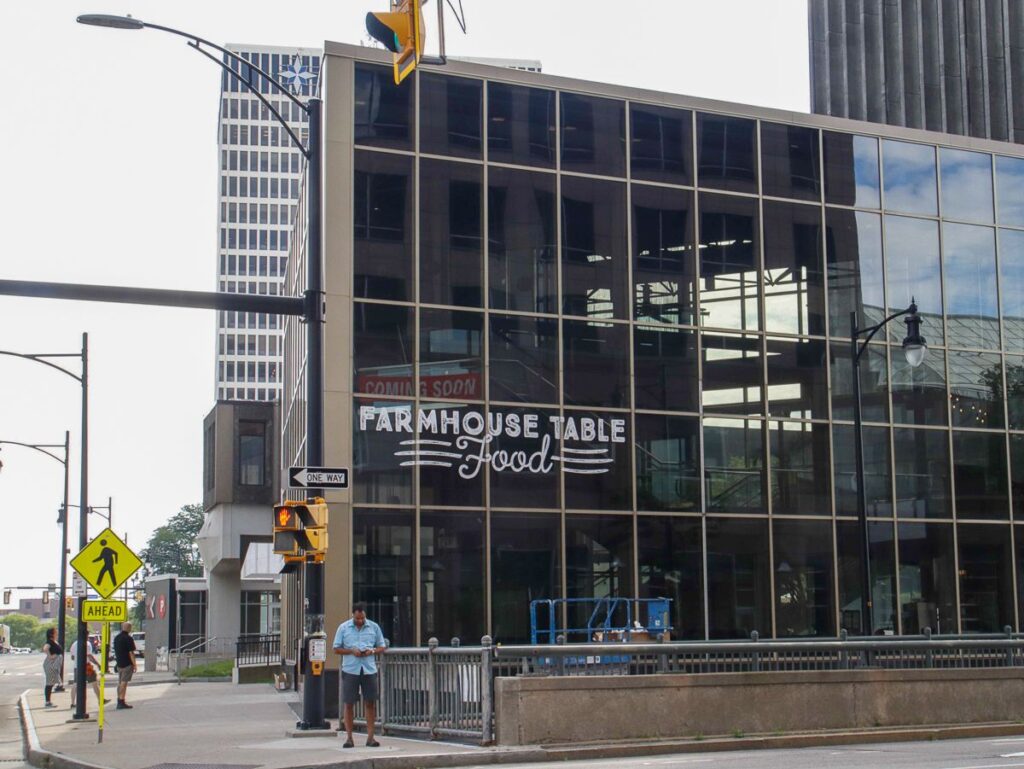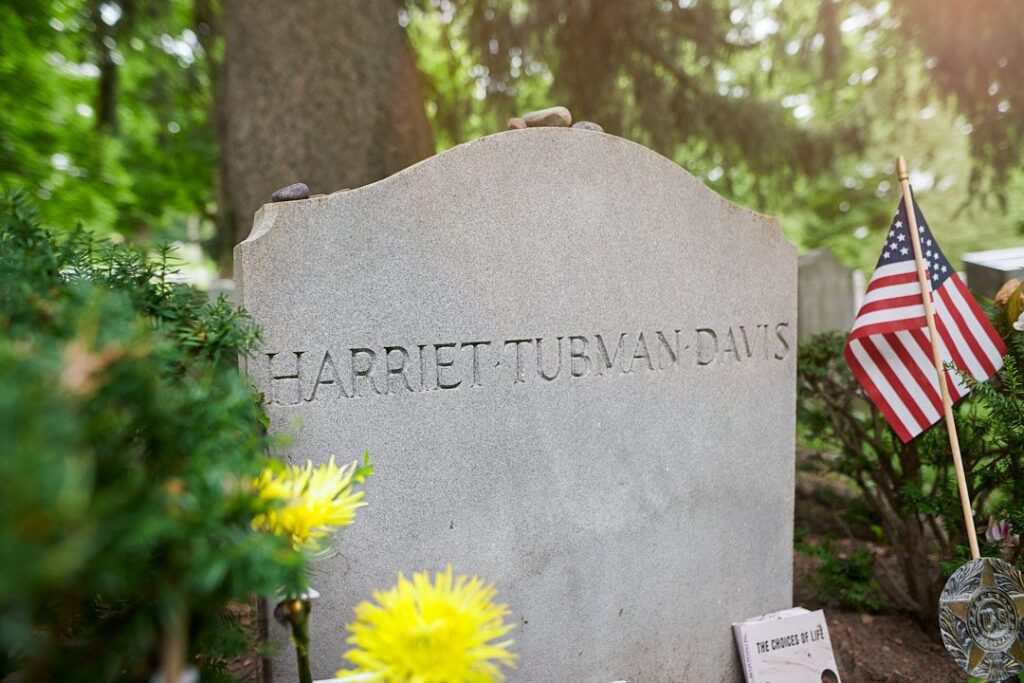
Major revamp ahead for CityGate
CityGate, the mixed-use development at Westfall and East Henrietta Roads, was recently awarded a $1.5 million Restore NY grant to revitalize the property. With the funds awarded from this grant, the Iola Power Station will be restored, and a 50,000-square-foot abandoned structure on the property will be demolished to enhance redevelopment opportunities.
The development, currently home to businesses like Costco, REI, and DiBella’s Old Fashioned Submarines, welcomed local breakfast favorite the Toast Factory in July. The Toast Factory, relocated from a smaller space on Culver Road, specializes in French toast dishes like the Fried Chicken French, the Banana Cream, and the Peach Cobbler.
Earlier this year, Monroe County executive Adam Bello announced approval of tax assistance for Topgolf, a golf entertainment destination, solidifying plans to move forward with construction at CityGate. The project is expected to create “200 temporary construction jobs, at least 200 permanent full- and part-time jobs, and generate up to $250 million in local economic impact over the next decade,” according to a release from Bello’s office.
The Topgolf facility, anticipated to open in summer 2025, will occupy a 48,000-square-foot building with eighty hitting bays and a full-service restaurant and bar. The CityGate property is also approved for a 150-room hotel with a parking garage and a 300-unit apartment complex, according to Streamline Real Estate Partners.

Farmhouse Table Food expands with brick-and-mortar location
In 2015, Farmhouse Table Food (FHTF) began as a stand at local farmer’s markets with the goal of creating a farm-to-table experience that highlighted local products.
Over the years, it grew into a thriving full-service catering and gourmet prepared foods company, with a retail shop and event space in Irondequoit. And the company is continuing to grow, with the soft launch in July of their brick-and-mortar location at 90 South Clinton Avenue, above the Midtown Garage.
The space’s first floor houses a cafe and restaurant serving breakfast and lunch items like grab-and-go fare and baked goods, as well as made-to-order sandwiches, salads, soups, and more. A corner of the space is dedicated to selling New York State retail items.
On the mezzanine and third floor, FHTF can host private events for up to fifty people, complete with several bars.
In February, the husband-and-wife FHTF owners, the Hasenauers, purchased Bite Rochester at the downtown location to learn more about the area and potential customer, before closing to remodel and move their own brand into the space.

Illuminating the MAG with Renaissance-era stained glass
The Memorial Art Gallery (MAG) isn’t concerned with working at the breakneck speed most of the world is accustomed to today. The museum’s exhibitions can require years of preparation and research before coming to fruition.
Case in point: located in a small gallery off the MAG’s Fountain Court is a new installation of Renaissance-era stained glass that took a lifetime to acquire, develop, and present.
In 2008, Nancy Norwood, curator of European art, focused on a piece of Renaissance-era stained glass the museum had acquired more than sixty-five years earlier: Wild Man with the Arms of the Holzhausen Family. She then began the process of finding complementary pieces that would ultimately form the current exhibit, later with the help of collectors Mark Chaplin and John L. Strawway. After the artwork was amassed—seventeen rare works of early sixteenth-century European glass—the display took months to complete.
The collection includes windows known as roundels, which were created using a revolutionary technique that emerged during the period. One piece of clear glass and glossy paint were used in the process, as opposed to the windows of the medieval period, which were created using numerous pieces of colored glass connected with lead.
The result, as seen in the MAG display, are beautiful round and rectangular windows with depictions of varying subjects, including biblical and allegorical.


Forging a Tubman Corridor
The Underground Railroad Consortium of New York State (URCNYS) is currently working on an initiative that would connect sites related to the Underground Railroad in the state, called The Harriet Tubman Underground Railroad New York Corridor or “Tubman Corridor.”
The proposed Tubman Corridor would stretch between New York City and Niagara Falls, ending where Tubman and others crossed the border to Canada, ensuring freedom. The ultimate goal of the project is to link this route to the proposed New Jersey Harriet Tubman Underground Railroad Byway and the existing Maryland and Pennsylvania/Delaware Harriet Tubman Underground Railroad Byways to forge a path from Dorchester County, Maryland, to St. Catharines, Ontario, Canada.
The initial planning process includes creating plans for tourism, transportation safety, public participation, and more. The proposal will then be submitted to the New York State Department of Transportation (likely by September 2025) for approval as a designated state byway.
“[The Tubman Corridor] will tell the story of Harriet Tubman and the Underground Railroad and freedom seekers in New York State,” says Karen Kuhl, member of the URCNYS and executive director of the Cayuga County Office of Tourism. “It is elevating the stories of those individuals in New York State who sought freedom. At the same time, it will provide a tourism corridor that residents and visitors can enjoy [and provide an opportunity to] learn more about the Underground Railroad efforts and sites.”
Views: 87




